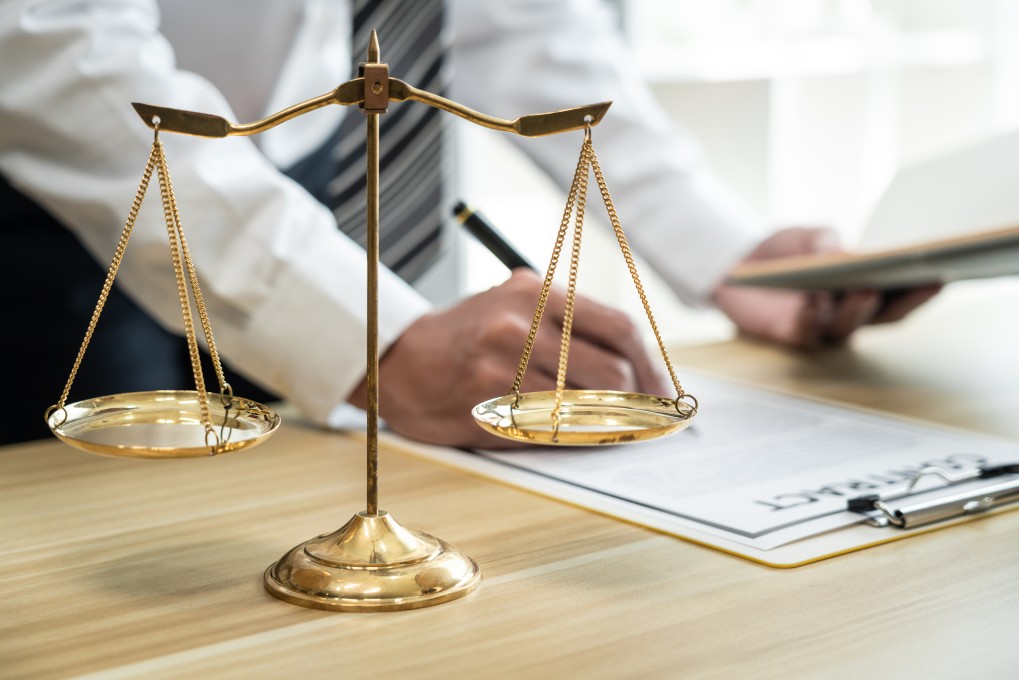How to File a Personal Injury Lawsuit
In formal personal injury lawsuits, the defendant must act carelessly or irresponsibly. This lawsuit is initiated by a private individual who files an injunction against the defendant. A person must first understand what negligence means before they can file a personal injuries lawsuit. This article discusses negligence and the steps that follow a personal injury lawsuit. Listed below are some types of personal injuries that qualify as personal injuries.
Common types of personal injury
There are many ways that personal injuries can occur. Some injuries can be quick, such as in a car crash, while others may take longer to develop. Recent research revealed that over 129 million people visit the emergency room each year with injuries-related issues. While some injuries can be life-threatening, others are less severe and require more time and treatment. Learn more about common personal injuries and their causes. Here are just a few of these more common types.

Personal injuries often result from the negligence of another person, business, or government entity. The result can be devastating and leave the victim with severe pain, disability, and extensive medical costs. These injuries can often lead to lengthy hospital stays, surgeries and assistive devices. Even if a victim recovers quickly from a catastrophic injury, they often face financial and emotional hardships. To top it all off, they may never fully recover from their injuries.
Personal injury lawsuits: Statute of limitations
Statutes of limitations are time limits for filing lawsuits based on an injury. Each state has a different statute of limitations, but they generally range from one to six years after the injury occurred. A statute of limitations exists to protect defendants and make personal injuries lawsuits easier by giving injured parties enough time to gather evidence and prove their claims. The law also protects defendants because it preserves evidence that they might otherwise not be able or preserve.
In Pennsylvania, for example, the statute of limitations for personal injury lawsuits begins to run two years after the date of the accident. However, in some cases, the statute of limitations begins to run two years after the date the injured party discovers the injury, which is known as the “discovery rule.” Special rules apply to claims made on behalf of children. In such cases, the statute of limitations runs for two years from the date of the injury and six months after the date that the injured party files a notice in intent to sue.
Damages associated with a personal injury lawsuit
If you’ve been involved in a catastrophic accident, you may be entitled to compensation for the pain and suffering you’ve endured. When calculating damages for pain or suffering, the fair market value of your property will be taken into account. You may also be eligible for compensation for funeral expenses. In certain cases, you may also be eligible to claim damages for loss of companionship or care and emotional distress. This is often due to more serious accidents. You should seek professional medical advice regardless of the accident.
There are two types of damages that can be incurred in a personal injury case: economic and non-economic. The former is intended to compensate the victim financially and serves as punishment for the defendant’s behavior. General damages are more common than punitive damages. They are only awarded in extreme cases of misconduct by the defendant. Listed below are the most common types of damages:
Expenses related to a personal injury lawsuit
Filing a personal injury lawsuit can be costly. Filing fees are one example. It is important to fully understand the costs of a lawsuit before you hire an attorney. Some expenses are standard, and will be listed in the lawyer’s initial written agreement. These expenses include court reporters’ fees, expert witness fees, sheriff fees and court reporter fees to serve the complaint. These costs may also include courtroom exhibits and expert witnesses’ fees. A more expensive lawyer may be required if a lawsuit is filed in a large case that involves multiple people. This cost is usually deducted from the settlement. However, it’s important to understand the costs associated with the case.
Other costs associated with a personal injuries lawsuit include medical bills and records. Although the settlement usually covers the amount of medical bills and records required by a lawyer, many medical providers will require payment in order to obtain copies. Many medical providers will be involved in a personal injury case. For this reason, you’ll want to find a lawyer who is prepared to work with you on a contingency basis.